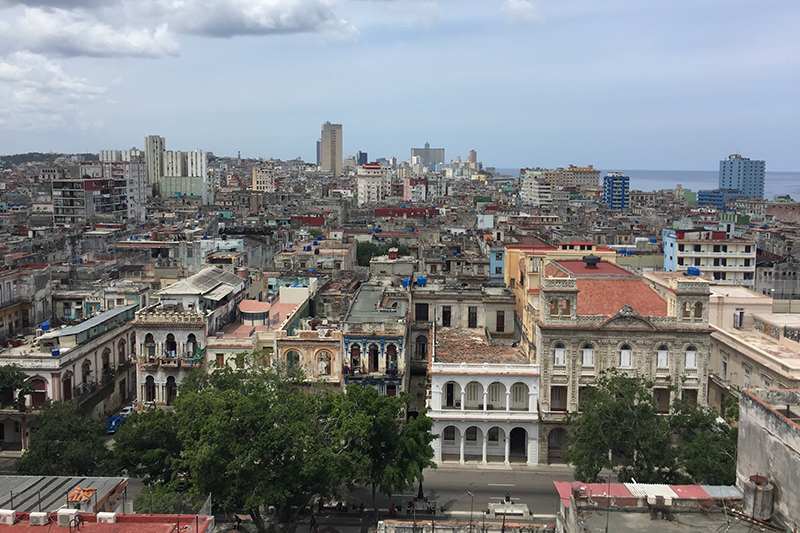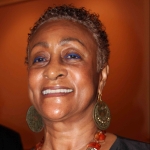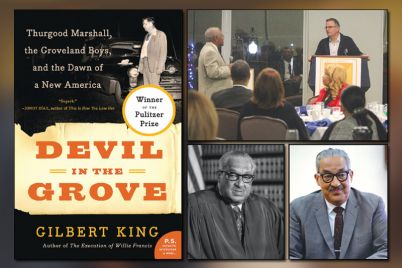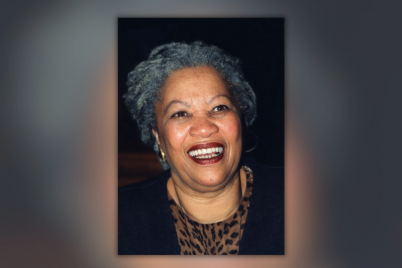By Attorney Jacqueline Hubbard, President, ASALH
The Europeans, especially Spain, introduced African slavery to Cuba during the 16th century. It has been estimated that during the several hundred years of the slave trade, as many as a million enslaved Africans were brought to Cuba, many remained.
Cuba did not end its participation in the slave trade until 1867. A large number of Cubans are descended from these African. Great Brittan abolished the international slave trade in 1807, and the United States followed in 1808.
The British were influential in convincing Spain to formally ending the slave trade to Cuba in the 1820s. Cuba, however, remained a common destination for slave ships through the 1860s. Slavery was abolished in Cuba in 1886, some 21 years after the American Civil War.
In the 18th and 19th centuries, Cuba’s economy was dependent on sugar cane and coffee. Slaves were imported, mostly from West Africa, to work on Cuban plantations that harvested sugar and coffee for sale.
As many as 600,000 Africans were shipped to Cuba, primarily during the 70 years between 1790 and 1860. At one point, it was estimated that the slave population amounted to one-third of the total Cuban population. Such numbers of Africans have left a strong cultural mark on the Cuban nation.
I just recently returned from Cuba and found the island nation to be fascinating. It should be noted that many of the fortifications, walls and buildings in Old Havana, a World Heritage Site, were constructed during the slavery era, undoubtedly with slave labor. Old Havana is indeed beautiful, although suffering from the inability of the Cuban government to take care of both its people and its historic buildings.
Interestingly, the Cuban people seem to genuinely get along and are quite friendly to visitors. In spite of more than 50 years of an American embargo, the country remains afloat. Tourism is obviously one of the reasons. There are many travelers, and one would assume, investors from Canada, Europe, South America and Russia. The people appear proud of their country and acknowledge their African roots.
The United States still maintains a comprehensive economic embargo with Cuba, which began in 1962 when President John F. Kennedy restricted trade between the two countries in response to actions taken by the Cuban government. The immediate rationale for the embargo was the introduction of Russian missiles onto the island nation in 1961. The missiles were subsequently removed.
All of the trouble with the United States began after the Cuban Revolution, which started in 1953 and ended in the removal of the Batista’s government in 1958. The Cuban Revolution completely changed Cuba’s relationship with the United States and introduced a program of nationalization and socialism that transformed its economy and social interactions.
There appears to be little if any, income inequality or homelessness. Abandoned mansions have been transformed into multi-family apartments. It is, however, an impoverished country.
The island is full of automobiles from the 1950s. Cuban mechanics are called “magicians.” These old cars look brand new and run quite well with all manner of automobile parts removed from Asian and European vehicles. Some parts are just reinvented since Cuba has not been able to buy from the United States since the embargo.
In Cuba, education is free, medical care is free, and all residents are given free food rations for the essential nutritional needs of the populace. Health clinics are available in nearly every neighborhood. Public schools are plentiful and appear to be small. The children wear uniforms to school.
The people are quite poor, but optimistic and strong. The literacy rate is very high, and the average life span is quite long. Racial disparities appear minimal, and in many areas, most Cubans are persons of color. Cuban art reflects their African heritage as does the food. In fact, the food is similar to the fare found in other Caribbean nations.
Cuba makes Havana Club Rum, considered one of the best in the world. Their Afro-Cuban music is familiar to most Americans, using African congas and other instruments native to the continent of Africa.
Finally, the religious practice of Santeria, based on a mixture of African and Catholic religions, is widespread. It appears Cuban culture and the Cuban people will survive.
Attorney Jacqueline Hubbard graduated from the Boston University Law School. She is currently the president of the St. Petersburg Branch of the Association for the Study of African American Life and History, Inc.









